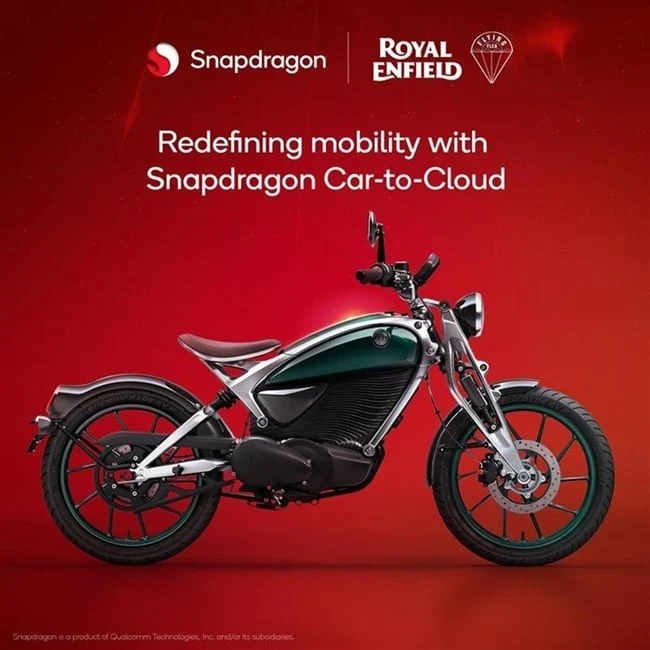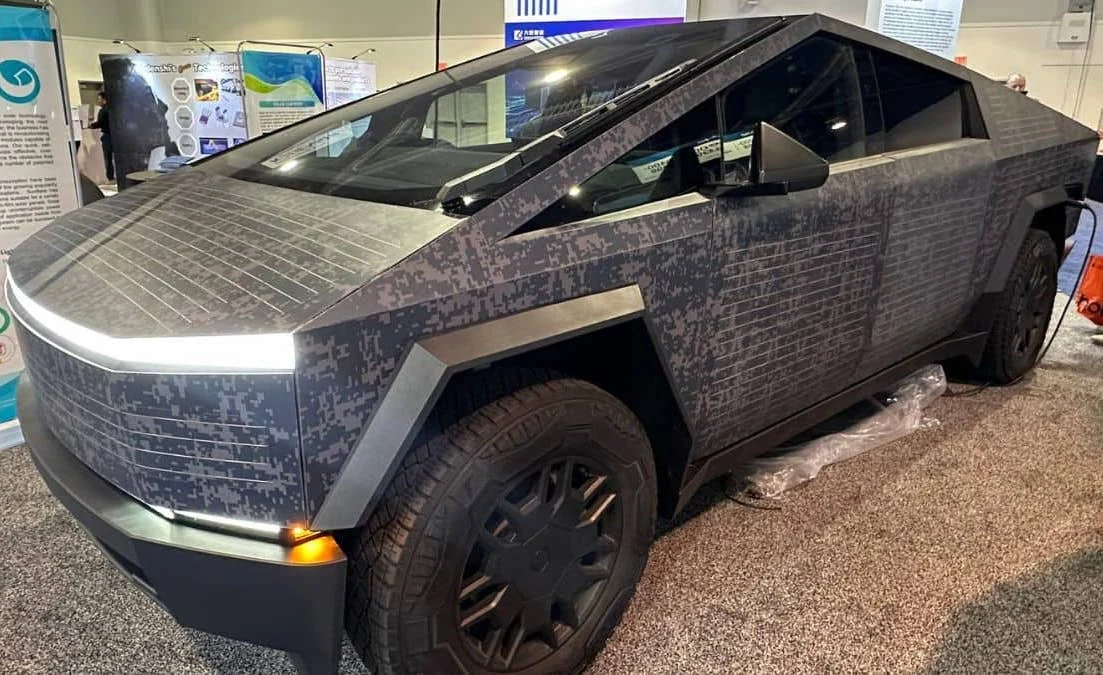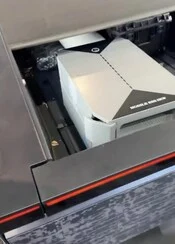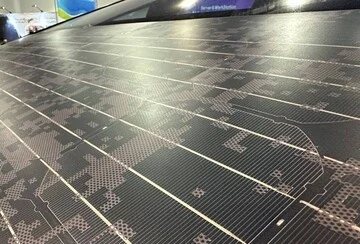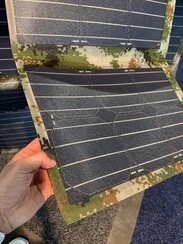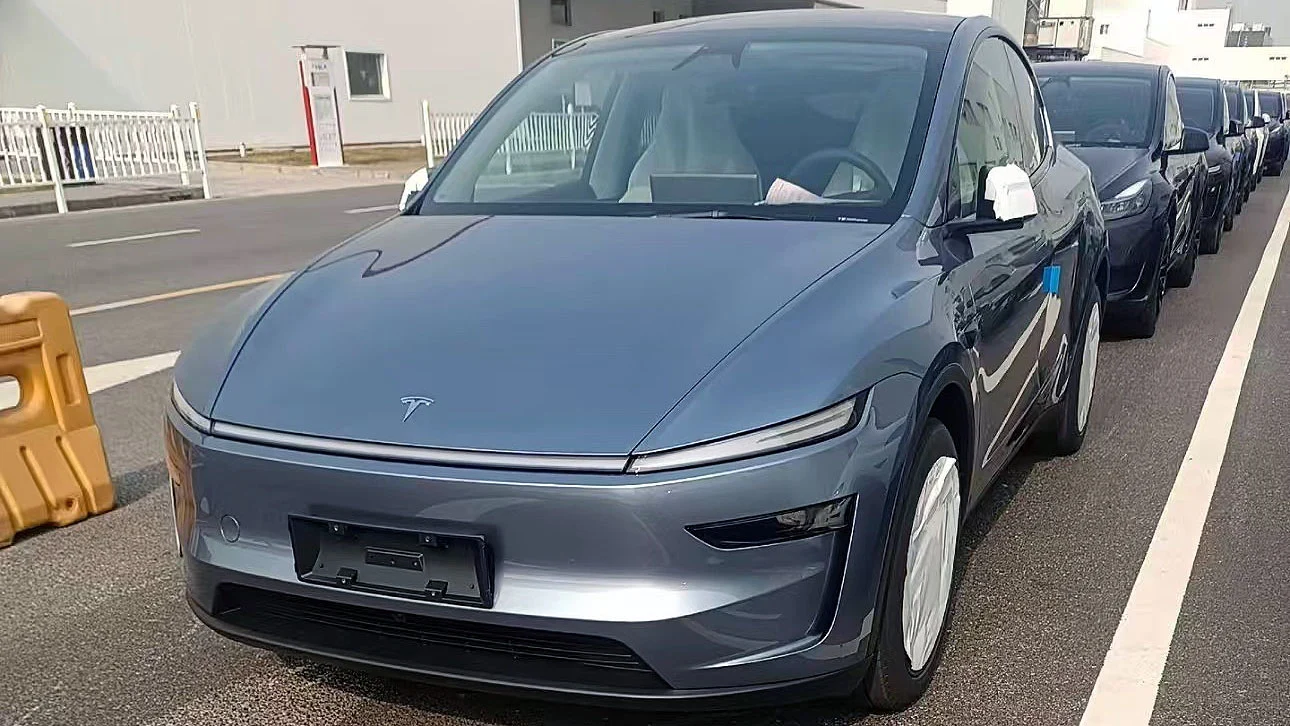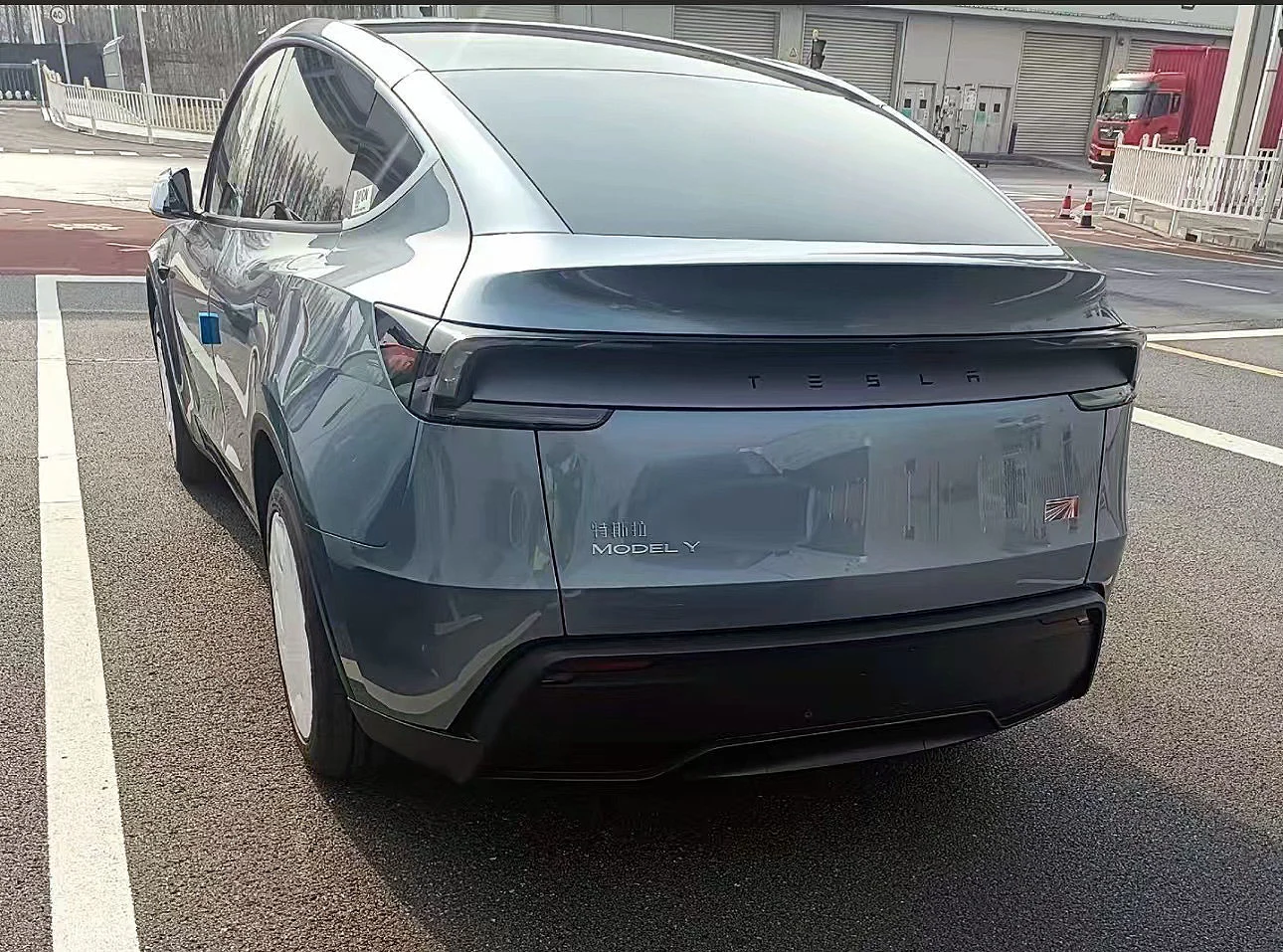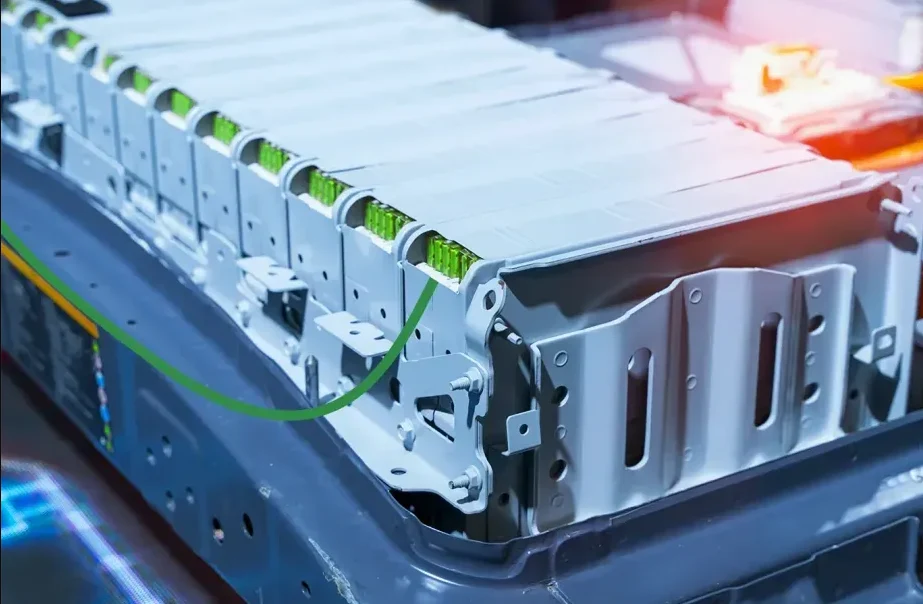Royal Enfield is teaming up with Qualcomm to develop its future electric motorcycles. The recently unveiled Royal Enfield Flying Flea EV boasts a stylish new look, advanced technology integration, and a Snapdragon chipset. But does this have what it takes to win over the Indian market? Here’s what we’ve gathered so far.
Royal Enfield Flying Flea EV: What’s Unique About It?
Snapdragon-Enabled Royal Enfield Flying Flea EV
Royal Enfield, a prominent name in India’s motorcycle scene, is taking a daring step with the introduction of its electric bike. Their partnership with Qualcomm brings in state-of-the-art technology, including the Snapdragon QWM2290 SoC and the Car-to-Cloud platform, marking a notable evolution for the brand.
For those who might not know, this chipset was specifically designed for motorcycles, and it powers the control unit of the Flying Flea. It operates on a custom-built OS, overseeing every element of the bike, including performance and rider interaction. All of this information is conveniently shown on a round TFT display.
Advanced Connectivity Features
Moreover, the Snapdragon Car-to-Cloud Platform enables the Flying Flea to stay connected via 4G, Bluetooth, and WiFi. This feature ensures that the bike maintains constant communication while you ride. There’s also a special Voice Assistant button to make full use of this connectivity. Additionally, one of the innovative tech features includes the “Phone as a Key” function, allowing riders to unlock and start their motorcycles with their smartphones.

